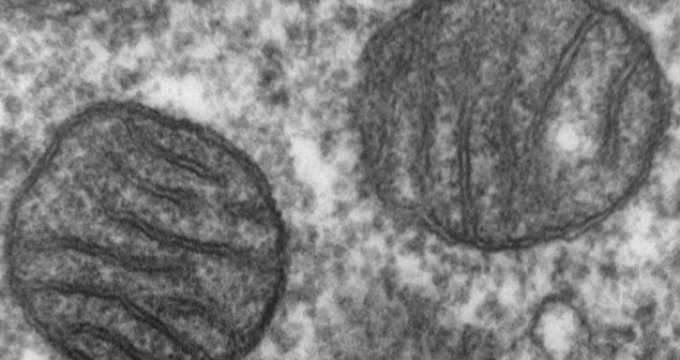Solving a mitochondrial mystery

When it comes to mitochondrial inheritance, maternal genes rule the day at the expense of paternal ones. But why?
A new study, published today in the journal Science and led by University of Colorado Boulder researchers, sheds new light on a longstanding biological mystery.
Mitochondria are crucial to cellular processes, providing respiratory and metabolic functions that power a cell. Previous research has shown that nearly all animals inherit mitochondria exclusively from their mothers, while paternal mitochondria are selectively destroyed in fertilized egg cells. The exact mechanisms behind this process, however, have remained unclear.
After studying this phenomenon in nematodes (C. elegans), a multicellular roundworm commonly used for genomic studies, CU-Boulder researchers discovered that the worm's male sperm commit a form of mitochondrial "suicide" shortly after fertilizing a female egg cell.
The male sperm mitochondria release an enzyme called endonuclease G that destroys its own mitochondrial DNA. The paternal mitochondria also lose their inner membrane integrity, which marks them for destruction by the egg's own automatic disposal processes.
"The big surprise is that paternal mitochondria actively initiate their own demise very early in the process by releasing this endonuclease into the matrix to degrade the mitochondrial genome," said Ding Xue, a professor in CU-Boulder's Department of Molecular, Cellular and Developmental Biology and senior author of the new study.
The findings mark the first time that researchers have observed and identified endonuclease G and its encoding gene (known as cps-6) as being responsible for paternal mitochondrial elimination in worms. The researchers indicate that human mitochondria have a similar endonuclease G, making it possible that the same process could be at work in humans.
The researchers also found that delayed removal of the paternal mitochondria in roundworms adversely affected the development of embryos, possibly due to incompatibility in cellular signaling.
"The results suggest that paternal mitochondrial persistence is evolutionarily disadvantageous," said Xue.
More information: "Mitochondrial endonuclease G mediates breakdown of paternal mitochondria upon fertilization," Science 23 Jun 2016: DOI: 10.1126/science.aaf4777


















